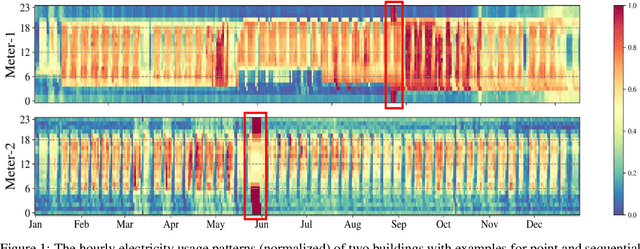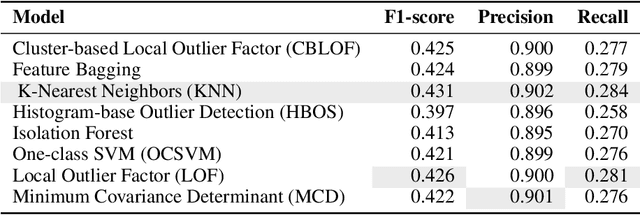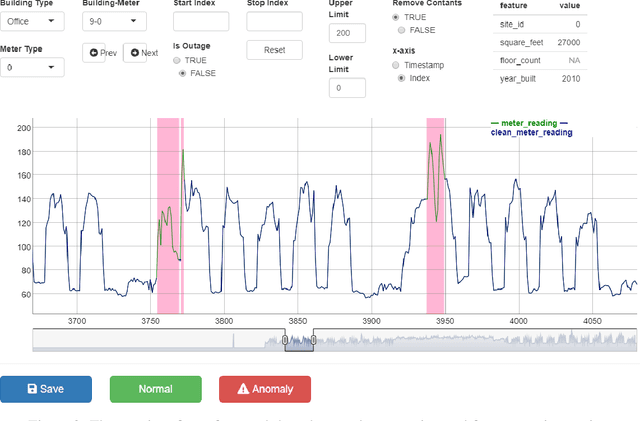LEAD1.0: A Large-scale Annotated Dataset for Energy Anomaly Detection in Commercial Buildings
Paper and Code
Mar 30, 2022


Modern buildings are densely equipped with smart energy meters, which periodically generate a massive amount of time-series data yielding few million data points every day. This data can be leveraged to discover the underlying loads, infer their energy consumption patterns, inter-dependencies on environmental factors, and the building's operational properties. Furthermore, it allows us to simultaneously identify anomalies present in the electricity consumption profiles, which is a big step towards saving energy and achieving global sustainability. However, to date, the lack of large-scale annotated energy consumption datasets hinders the ongoing research in anomaly detection. We contribute to this effort by releasing a well-annotated version of a publicly available ASHRAE Great Energy Predictor III data set containing 1,413 smart electricity meter time series spanning over one year. In addition, we benchmark the performance of eight state-of-the-art anomaly detection methods on our dataset and compare their performance.
 Add to Chrome
Add to Chrome Add to Firefox
Add to Firefox Add to Edge
Add to Edge